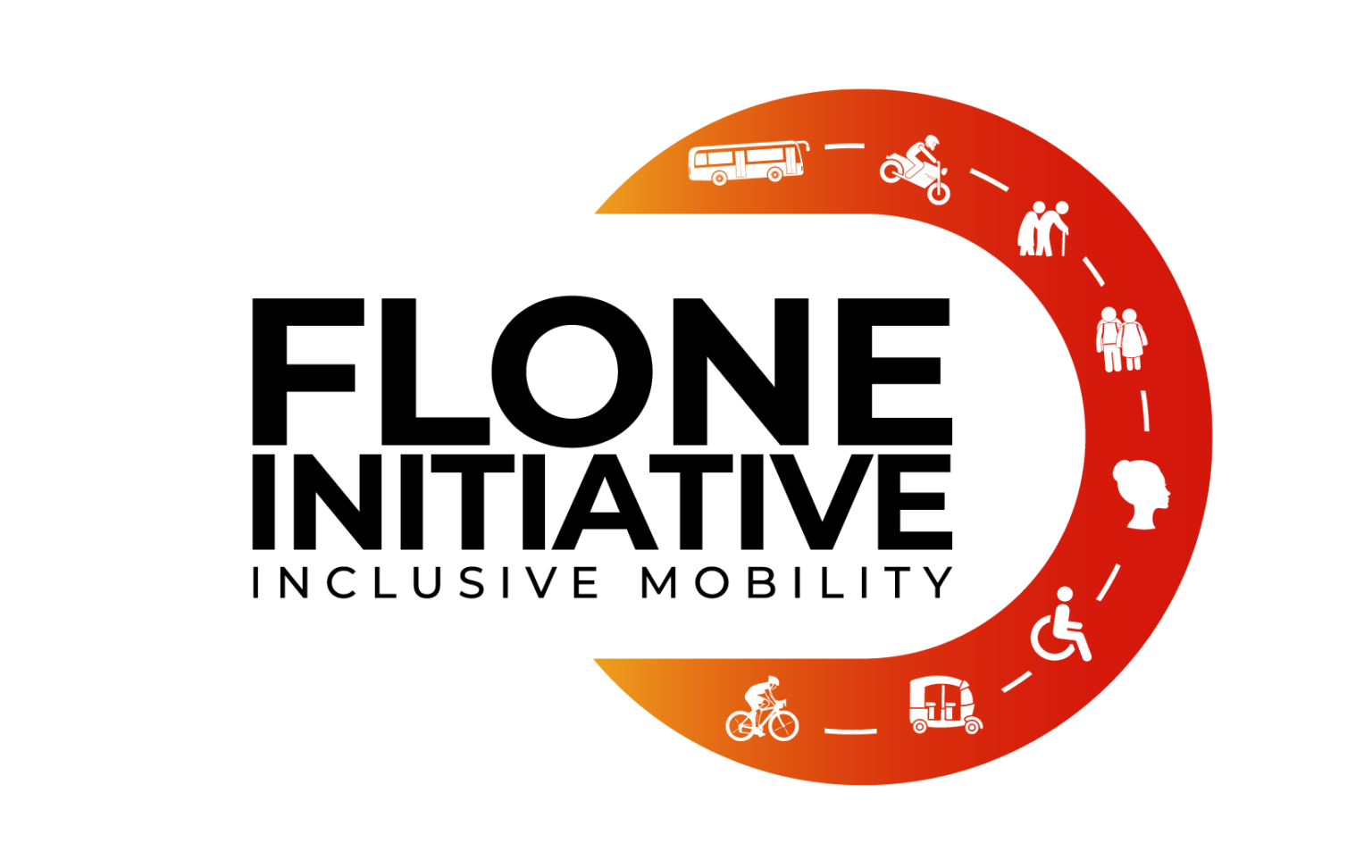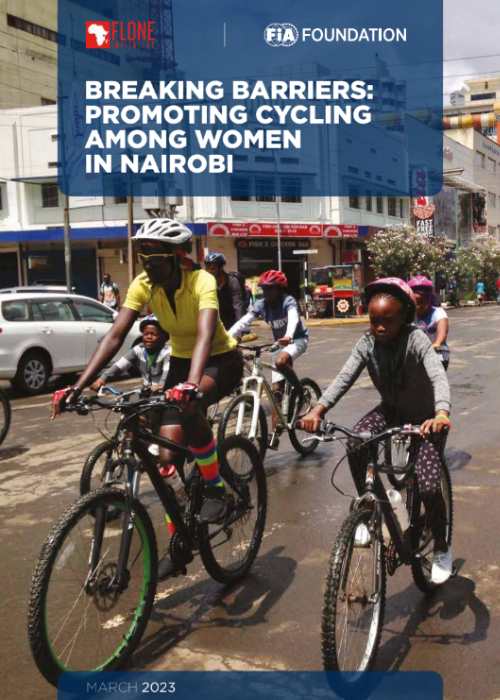The background to the study highlights the significant contribution of the transport sector to greenhouse gas emissions in Kenya, with projections indicating a rise due to increased motorization and urbanization. Kenya has committed to reducing emissions by 32% by 2030 as part of its Nationally Determined Contributions (NDCs) and aligning with global efforts to decarbonize the transport sector by 2050. To achieve these goals, Kenya is promoting sustainable consumption and production patterns, with sustainable mobility being a key component.
The adoption of mass transport and non-motorized transport (NMT) strategies, such as walking and cycling, are crucial policies in this endeavor. Nairobi City County has been investing in NMT infrastructure, including walkways and cycling lanes, yet these investments have not led to increased cycling among women. This study aims to explore the reasons behind this and propose ways to encourage more women to cycle in Nairobi City County.
The study’s objectives are to inform policy development aimed at increasing female participation in cycling, highlighting the benefits it can bring both to individuals and the environment. By better understanding the challenges facing women cyclists in Nairobi, policymakers can work towards creating a more inclusive and sustainable transportation system.

